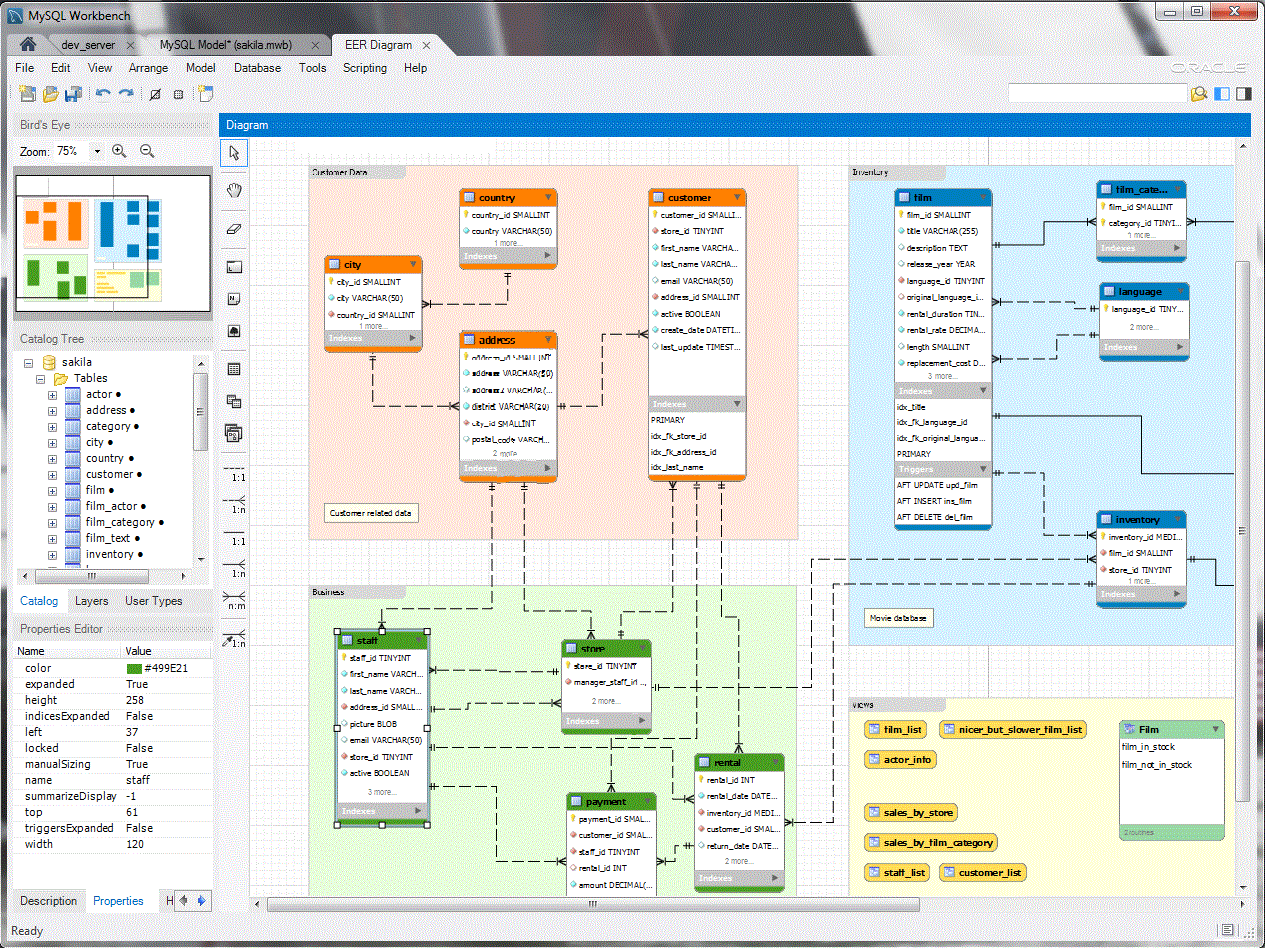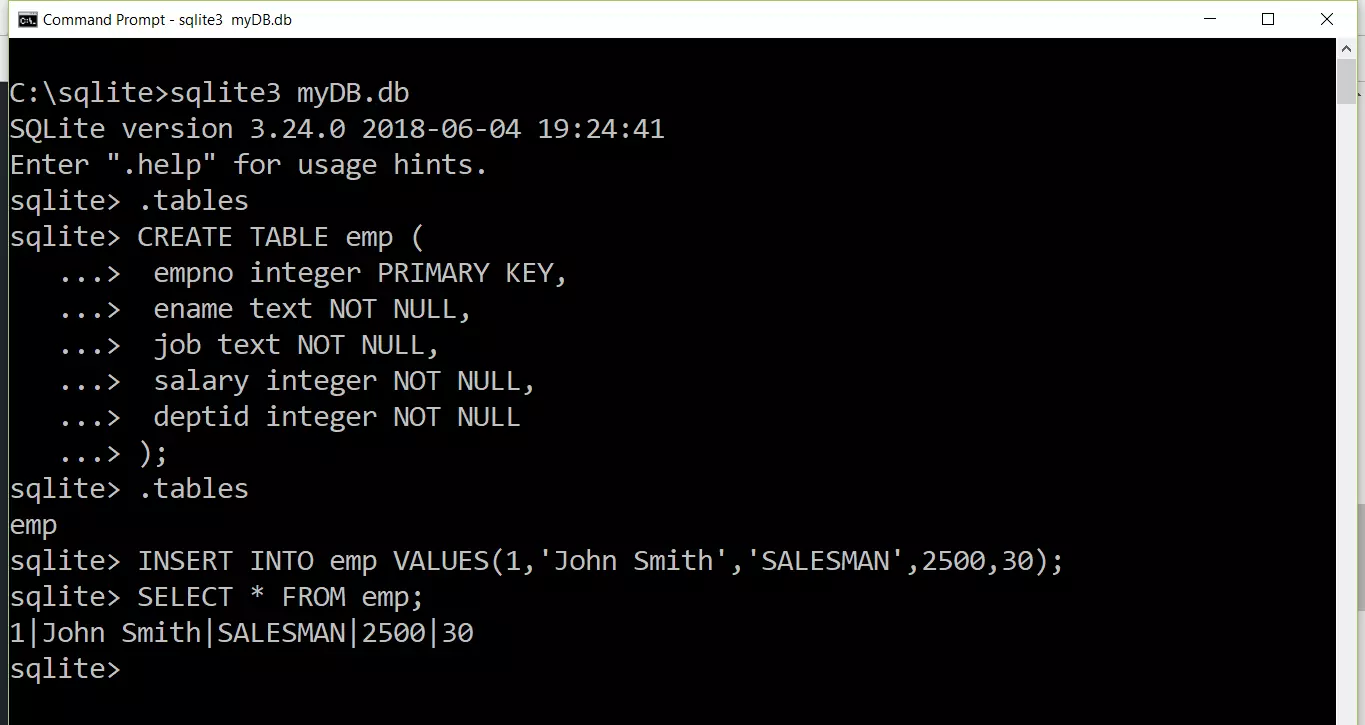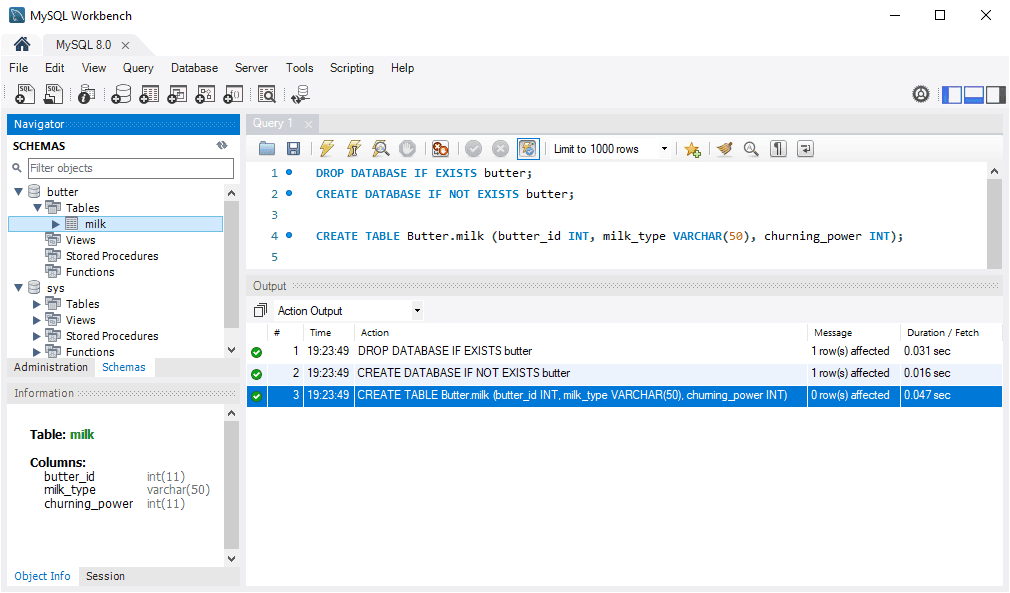
Click on MySQL Server then the Add button. The installer is a bit confusing, but don’t worry, most everything is fine left on its default. When the process is complete, you have created a project on a MySQL database and can now connect to it and open it from Enterprise Architect. After you’ve downloaded it, open the the file. If required, select the 'Logfile' checkbox and type a path and filename for the data transfer log file.Ĭlick on the Transfer button to begin the data transfer process. The 'Project Transfer' dialog redisplays. In the 'Use Data source name' field, click on the drop-down arrow and select the ODBC Data Source you configured to point to your new database.Ĭlick on the OK button. Select 'Microsoft OLE DB Provider for ODBC Drivers' from the list.

The 'Datalink Properties' dialog displays. EAP file has Replication enabled, this must be removed before performing the transfer.Īt the right of the 'Target Project' field, click on the button. In the 'Source Project' field, click on the button and browse for the name of the project file to copy to the repository. In the 'Transfer Type' panel, select 'File to DBMS'. Select the 'Configure > Model > Transfer > Project Transfer' ribbon option. (If the 'Open Project' dialog displays, click on the Cancel button to open with no project loaded.) As of Enterprise Architect v13, Sparx Systems will no longer provide updates to the MyISAM script and recommend all users to choose InnoDB, as it supports transactions and UTF8. In older versions of MySQL MyISAM was the default storage engine, but from MySQL v5.5 onwards InnoDB is the default. MySQL supports two different storage engines - InnoDB and MyISAM. MySQL 32bit ODBC driver, between versions 5.2.4 and 5.3.6 (other versions are not recommended).A machine with MySQL version 5 or higher installed and running,.Stage 5: Connect to the repository and open the project.Stage 3: Perform a project integrity check on the project file you are using as a base (optional, but recommended).Stage 1: Create an empty database repository and set up the data tables.Models can be documented in either HTML or plain text format, and includes all the objects and models in a current MySQL Workbench session.To create a project in a repository on MySQL 5, you work through these stages: MySQL Workbench includes DBDoc that enables a DBA or developer to deliver point-and-click database documentation.

Database Documentationĭocumenting database designs can be a time-consuming process. A DBA can compare two live databases or a model and a live database and visually see the differences, and also perform synchronization between a model and a live database or vice versa.

To help DBAs and developers with change management, MySQL Workbench includes Schema Synchronization and Comparison utilities. Change Managementĭatabase change management is a difficult and complex process, which involves maintaining different versions of database schemas and manually modifying existing databases. Not only can MySQL Workbench forward and reverse engineer existing databases, but it can also import SQL scripts to build models and export models to DDL scripts that can be run at a later time. MySQL Workbench also enables you to reverse engineer an existing database or packaged application to get better insight into its database design.
#Create database mysql workbench code#
All SQL code is automatically generated and runs right the first time, which eliminates the normal error-prone process of manually writing complex SQL code. A visual data model can easily be transformed into a physical database on a target MySQL Server with just a few mouse clicks. MySQL Workbench provides capabilities for forward engineering of physical database designs.

Model and Schema Validation utilities enforce best practice standards for data modeling, also enforce MySQL-specific physical design standards so no mistakes are made when building new ER diagrams or generating physical MySQL databases. It enables model-driven database design, which is the most efficient methodology for creating valid and well-performing databases, while providing the flexibility to respond to evolving business requirements. It enables data architects to visualize requirements, communicate with stakeholders, and resolve design issues before a major investment of time and resources is made. MySQL Workbench simplifies database design and maintenance, automates time-consuming and error-prone tasks, and improves communication among DBA and developer teams.


 0 kommentar(er)
0 kommentar(er)
